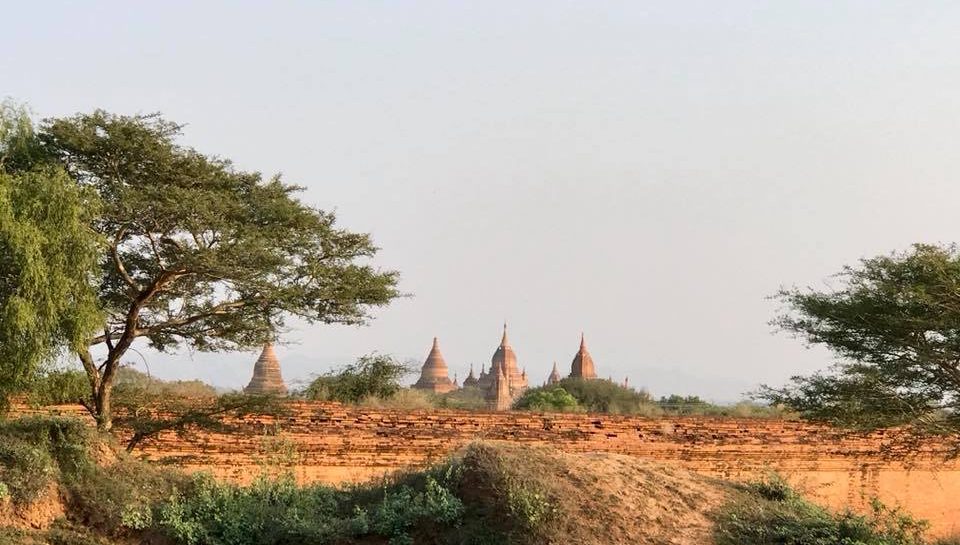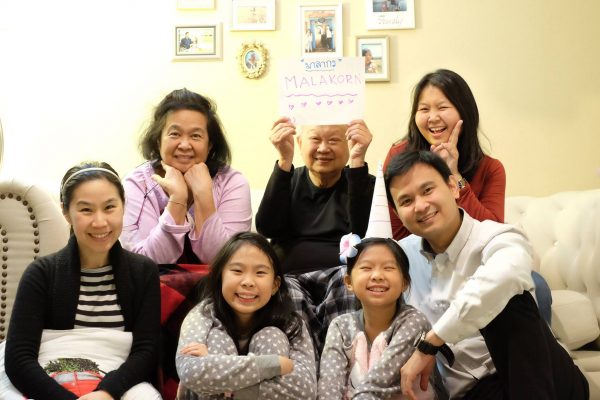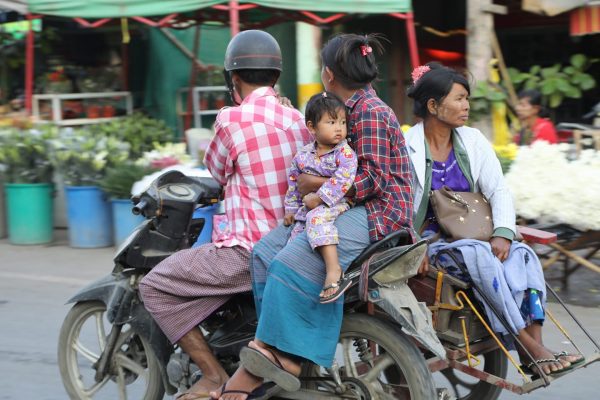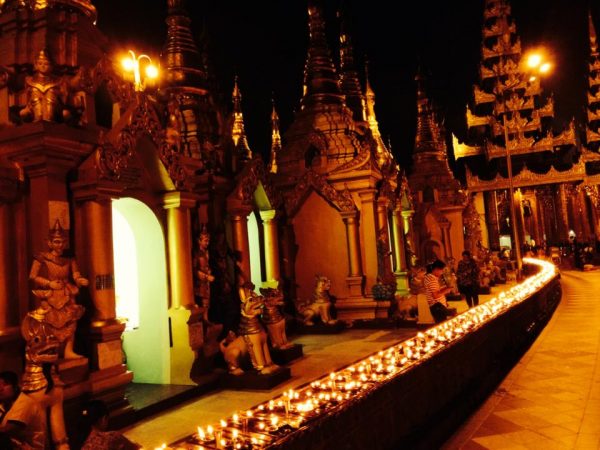
Destination Myanmar
Contributed by James Harris
We flew from Bangkok to Yangon, the former capital of Burma (Myanmar).

Yangon is the country’s largest city with a population of over five million, and is the most important commercial centre, although the military government officially relocated the capital to Naypyidaw in 2006.
We checked in at “The Strand” Hotel. The old “Yangon lady” or better la grande dame de Yangon, built in 1901. The Strand is a heritage hotel without peer. It is a Victorian icon, beautifully renovated, a cosy place to be.
It has two wings centred on a lobby lounge with a black and white marble floor.
The resort offers suites with ceiling fans, teak floors and luxurious bathrooms, there’s even a Strand Suite with its own veranda overlooking the river. You can enjoy a traditional tea time, the afternoon tea is a Yangon institution. Adding to the splendid old-world ambience, is a valuable private collection of local art and antiques. As a well located Myanmar business hotel, The Strand is not a real MICE hotel but it offers w-lam and conference facilities.

Myanmar began to open to tourism in 1996, but its use of forced labor and the imprisonment of Nobel Peace Prize winner Aung San Suu Kyi led to international economic sanctions and an unofficial tourism boycott.
Time helped, hings are changing for the better. “ASSK” is free, the country’s opening up to the west.
Burma is finally ready for its moment in the spotlight. Decades of tourism development in Asia has made it harder and harder to feel a thrill of exploration. In Burma, that thrill comes back with a vengeance.
As you explore, you’ll find that the path is yours to forge. Without a major tourism industry, everything feels exciting and new and the only time you’ll see another tourist is at your hotel.
The flights into Burma are from neighbouring countries like Thailand. Air Asia flies twice a week from Bangkok to Rangoon.
Myanmar tourism infrastructure could be better, but it does have plenty of hostels at major cities like Mandalay. As Burma’s second largest city, Mandalay is easily reached from anywhere in the country with local busses and flights entering and departing at least once a day from most major destinations.

To make life easy for yourself, book into a hostel online for your first night. Bagan, a centuries old religious capital of ancient empires and home to bygone emperors, is a 26 square mile plain of over 4000 temples.
To really understand its vastness, you need to hop on a hot air balloon and float with the breeze across the plain. To reach Bagan, you have to pass through the town of Nuang U. It has a ferry pier, an airport, and a long haul bus stop visited by busses from Rangoon, Mandalay, and Inle Lake. A lot of visitors like to take the trip downriver to Nuang U from Mandalay, while those with a tighter schedule fly in on one of Burma’s many local airlines. Buses to Bagan only run overnight and aren’t known for creature comforts. Avoid the trains which are slow, prone to delays, and often break down. Mandalay, its name conjures an ethereal sense of calm, romance, and serenity, but the reality couldn’t be more different. It’s a city of wild disarray. All around, decades of paint peel from walls, turning the city into a giant patchwork of colour. Down one street, people playing Chinlone – Burma’s national sport. Down another, vast abandoned shopping malls, remnants of a tourism boom that never came. Down a third, a sea of street food, snacks, and market stalls. There’s no predicting what’s round the corner and you’ll find yourself wandering for hours in a fascinated stupor.
My tip: Do not change Burmese Kyat (KS) before entering the country. The official exchange rate is a bit unrealistic, and most of your money will go straight into government hands.
Give him your US $ (only new, clean, and unmarked bills are accepted) and he’ll give you Kyat at a more realistic rate.
The best way to Inle Lake is by air from Mandalay or Rangoon, landing in the small transit town of Heho. Tickets cost around US$100 per person on Air Mandalay.
Truly a spiritual experience.

The food in Myanmar is (nearly) everywhere nice.
Photos: Antonia Kasparek & Jens Hoffmann



Comments are closed.